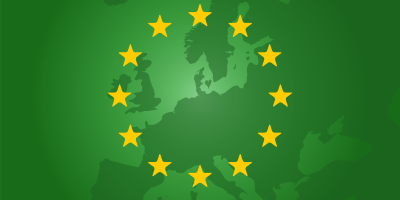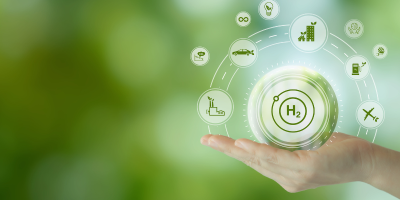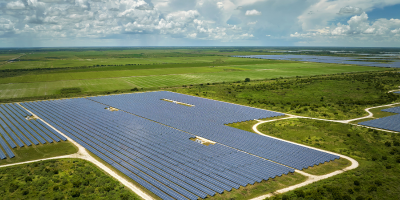Focus - Around the world

Forecasts indicate continuous growth in the European solar photovoltaic market, with a 10% increase to 77 GW in 2024 and annual installations expected to exceed 100 GW by 2026.

Researchers from ENEA’s Sustainability Department have worked on various fronts to recover essential materials such as silicon, aluminum, and copper, as well as glass, silver, and polymer components.

How should it be implemented and what is crucial to consider? WindEurope analyzes the European context.

Hydroelectric production increased by 34.7%, photovoltaic production by 36.3%, and wind power production by 10.5%.

Clean hydrogen production is about to enter a phase of exponential growth, with forecasts indicating a 30-fold increase by 2030.

Despite a 25% increase in international public financing for clean energy in developing countries in 2022, this figure still represents only half of the peak recorded in 2016 of $28.5 billion.

The IEA confirms this, highlighting that this slowdown is partly due to weak deliveries from OECD countries.

According to the annual Supply Side Data report by GWEC, 2023 has been a record year for wind turbine manufacturers in terms of volumes supplied.

A new report from the IEA highlights that, despite financial pressures, global investments in clean energy will be almost double those allocated to fossil fuels.

Now, the implementation of the Net-Zero Industry Act (NZIA) must proceed with the same speed with which it was adopted.

Targeted incentives and support, especially for low-income families, favor the adoption of clean energy technologies and, consequently, the energy transition.



